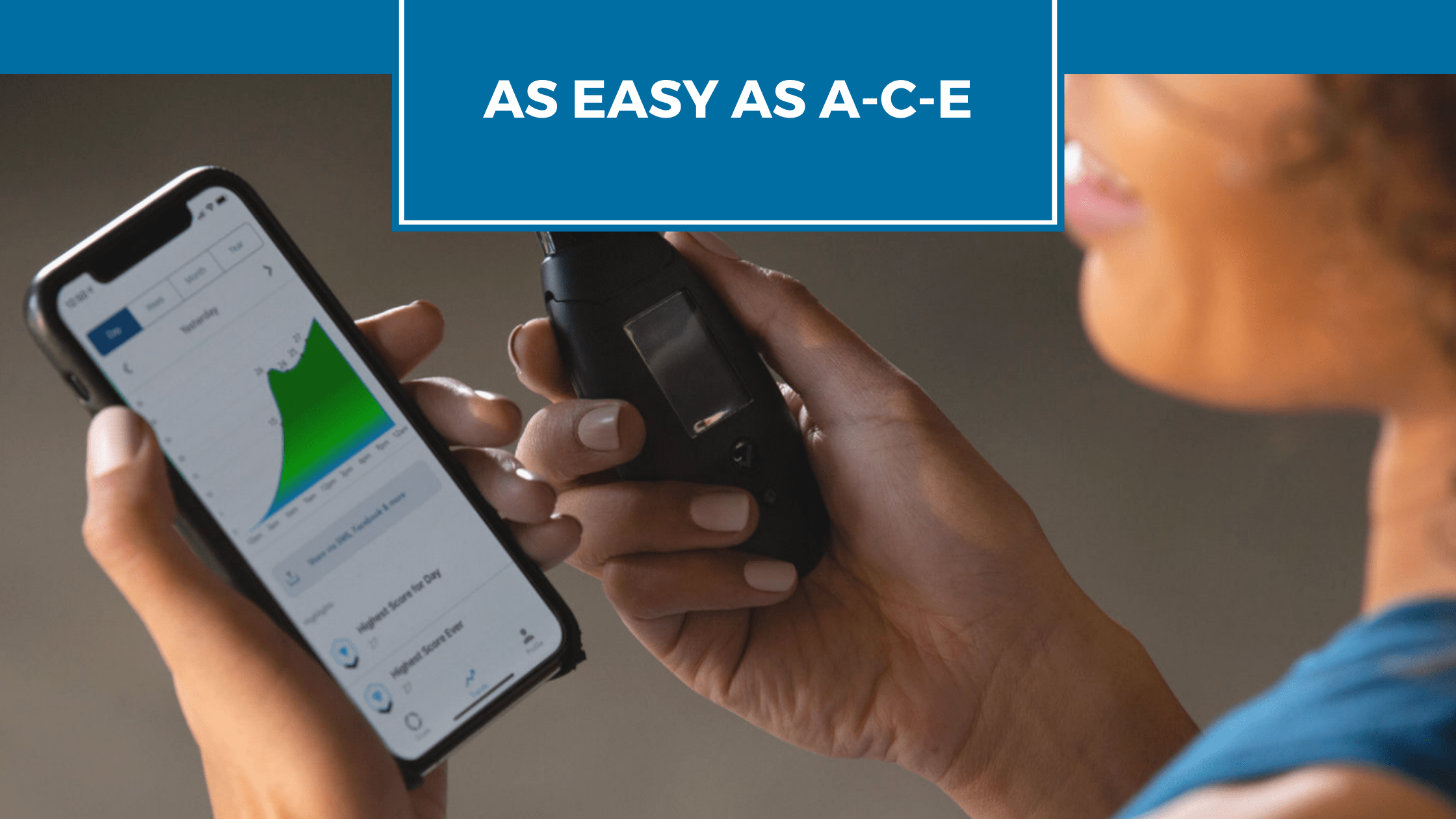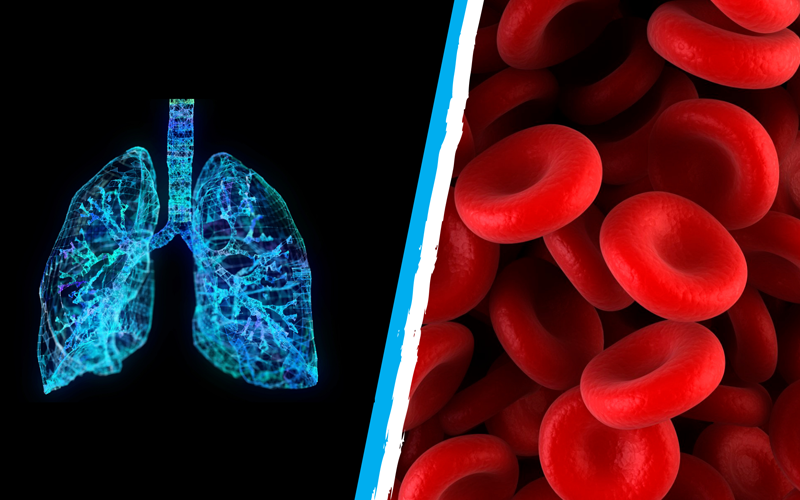Article authored by Readout Health with editorial oversight from Chief Medical Officer, Naomi Parrella, M.D.
Holiday parties, family gatherings, and celebratory meals. The holidays are upon us, which can only mean one thing: if you’re like most, it’s practically inevitable that you’ll enjoy a variety of festive foods you may not normally eat the rest of the year. No doubt about it, holiday foods are delicious. Dinner rolls, sweet potato casserole, stuffing, mashed potatoes, and pie are traditional foods that can be tough to resist. The problem is that these carb-heavy dishes can elicit a high glucose and insulin response in the body and lead to unhealthy weight gain. Spending too much time with elevated glucose can impact how your body functions and feels, and increases the risk of chronic metabolic disorders like type 2 diabetes and cardiovascular disease.
Don’t get us wrong – we think the holidays are the perfect time to unwind and celebrate with friends and family, and enjoying food is part and parcel of the season! And if managing your blood glucose and insulin while relishing your holiday meal is something you’d like to do, we’ve got a few pointers. Luckily, there are three simple hacks you can use that may help minimize your post-meal blood glucose spikes so that you can savor the sweetness of the season while still keeping your health goals in check.
Eat your foods in the right order
Believe it or not, the order in which you eat your foods can actually make a big difference in how your blood sugar responds. Evidence shows that leaving your carbs for last after loading up on fiber, fat, and protein may lessen a blood glucose and insulin uptick after your meal.
One 2017 Japanese study confirmed this by monitoring 8 healthy adults who ate three different meals consisting of vegetables, carbs, and meat on three different days following an overnight fast. On the first day, they ate carbs first, consisting of rice, pumpkin, and an orange, followed by a vegetable salad, and then finishing off their meal with grilled pork. Their next meal started with a vegetable salad, followed by rice, pumpkin, and orange, and was finished off with grilled pork. The third meal started with a vegetable salad, followed by grilled pork, and finished off with rice, pumpkin, and orange. Blood samples were taken to measure glucose and insulin levels at 30, 45, 60, 90, and 120 minutes after the meal. The researchers found that their average glucose levels peaked to 115.5 mg/dL (up 36 mg/dL from baseline) 30 minutes after the meal when carbs were eaten first, and peaked 118.9 mg/dL (up 31.5 mg/dL from baseline) 30 minutes post-meal when carbs were eaten second. But when carbs were eaten last, average glucose peaked 90 minutes post-meal at 94.4 mg/dL, up only 16.4 mg/dL from baseline.
What explains this blood glucose lowering effect?
Fiber is the portion of plant-derived food commonly found in vegetables, fruits, legumes, grains, and nuts that can’t be digested or absorbed by the body, and it helps to blunt glucose and insulin responses by slowing the absorption of sugar from food. As it can’t be digested, fiber increases the time it takes for food to empty out of the stomach and delays when starch-derived sugars reach the small intestine, both of which work to lessen the demand for insulin and prevent a spike in blood glucose. Like fiber, protein and fat also help to slow down the rise in blood glucose by delaying when food empties out of the stomach. And fiber, protein, and fat offer an additional perk, which is that they’re satiating. That is, they keep you feeling satisfied for longer, helping you avoid the temptation to overeat.
So, the next time you’re sitting down to a big meal, eat your foods in the right order to keep your glucose levels in check.
- Before your meal, snack on protein-rich foods like a handful of nuts, cubes of cheese, or a hard boiled egg.
- Next, dig into your vegetables, filling up on salad, green beans, and any other veggie side dishes.
- Eat your turkey, ham, or other meat of choice alongside your vegetables, or eat them after if you’d prefer.
- Next, if you choose, eat your carbs like stuffing, sweet potato casserole, and mashed potatoes. Eating bread? Choose sourdough if you can. Sourdough appears to make a smaller impact on blood glucose compared to other bread varieties.
- Finally, save dessert for last while your belly is full.
Add a dash of vinegar to your plate
Vinegar adds a delicious tang to dishes prepared throughout the world, and this popular condiment appears to be as versatile as it is tasty. Proponents suggest that vinegar is a natural bacteria and fungus killer, and may improve atherosclerosis, hypertension, and digestion. And when consumed with a carb-rich meal, vinegar can also lead to a lower rise in blood glucose and greater insulin sensitivity. This is due to one of vinegar’s main components, acetic acid, and its ability to quicken glucose uptake into the body’s cells, reducing the need for insulin secretion. And much like fiber, protein, and fat, the acetic acid in vinegar also slows how quickly starches break down into glucose during digestion, delaying the time that food exits the stomach and hindering the absorption of sugar.
Ingesting an excessive amount of vinegar can lead to side effects like nausea, damage to the esophagus, and urinary excretion of potassium and sodium, but small amounts of vinegar are generally safe. To benefit from vinegar’s blood glucose lowering effect at your holiday table, drizzle two tablespoons of vinegar onto your salad or mixed into a tall glass of water before dining on carb-heavy foods. Any type of vinegar will do, but apple cider vinegar is a popular choice.
Take a stroll after your meal
The meal has ended, the dishes are cleared, and you’re looking forward to an evening of relaxation. But before you make a beeline for the couch, lace up your sneakers and go for a walk outside to further minimize a rise in blood glucose. This happens because when muscles contract, they soak up glucose for fuel, so firing up your muscles by getting in some movement after eating will give all that glucose a place to go.
Previous research has shown that exercising after a meal, especially before blood glucose has reached its peak, provides a greater reduction in blood glucose when compared with exercising before a meal. One 2022 study demonstrated this by evaluating the effects of exercise after consuming meals with different carbohydrate content among 23 healthy adults. After each meal, the subjects were asked to either walk for 30 minutes after the meal or remain seated. The researchers found that across the board, no matter the amount of carbohydrates in the meal, 30 minutes of post-meal brisk walking significantly improved blood glucose response compared with resting after eating.
If getting a full 30 minute walk in after dinner feels like a tall order, even 10 minutes may be enough to provide the same benefit, according to another study. Ten adults either walked for 30 minutes after dinner, walked for 10 minutes each after breakfast, lunch, and dinner, or remained seated for 30 minutes after dinner, where all three daily meals consisted of 55.2% carbohydrate, 20.5%fat, and 24.3% protein. It was found that the suppressed glucose response was the same whether the subjects walked once for 30 minutes after dinner or for 10 minutes after each meal throughout the day, suggesting that walking for as little as 10 minutes after each meal may be just as effective as a single 30 minute walk after dinner in lowering glucose concentration.
So, half an hour after your big holiday meal, aim to move your body for 30 minutes. And if that’s not feasible, even a few 10-minute bouts of exercise after eating throughout the day should also do the trick. And you don’t have to walk – any movement counts! Take the dog for a walk, play a game of frisbee, dance, or simply do squats, crunches, and lunges at home.
The bottom line
If you’re used to being mindful of the carbs you eat, it makes sense to approach the food-centric holiday season with a bit of trepidation. Fortunately, there are simple tweaks you can make to the way you’re eating and moving to minimize the effects on your insulin and blood glucose during this busy time. Above all else, remember to be kind to yourself. This time of year, you may find yourself eating in a way that doesn’t align with your goals. That’s okay when you know you can reset tomorrow. This is a time to enjoy, spend quality time with loved ones, and reflect on the past year. What matters is what you do most days, not on the few special occasions. With the help of Biosense, you’ll have what it takes to get back into fat burning!



